This is part of a new series of interviews featuring indie authors. These interviews will drop once or twice a week. If you’d like to be part of this series, please contact me at Sarah (at) bookwormblues (dot) net. Please support the authors by clicking on the affiliate links in the interview, spread the word, and, of course, buy their books.
We’re all in this together, you know?
Personal note: I have to apologize. I would have posted this interview on Friday, but with everything happening with the election all week, I was really afraid that if I posted anything, it would be lost under the chaos of all that noise, and I think authors deserve more than that. Therefore, I made the decision for my website to go silent last week while things played out, and delayed the posting of this interview to today in the hopes that more people would see it, and it would get drowned out by *gesticulates wildly at the entire planet*.
To make up for this, I will have three interview post this week.

About the Author
A.K.M. Beach is the shared pen name of a husband and wife duo living in upstate New York. In 2006, two undead priests came together to guard a tattered flag in Warsong Gulch, beginning a partnership that soon transcended universes. It was only a matter of time before they set out to create a universe of their own. Outside of writing, Ash spends her time yelling at health insurance companies and trying to pierce the cloud of unknowing; Matt orchestrates everything from sweeping plots to trifling intrigues, talking in funny voices all the while.
Links
Twitter
Website
Goodreads
Facebook
Amazon
—
Describe yourself in six words or fewer.
Isaac and Miria, minus the immortality.

Tell me about your book.
From merchant to baroness to banshee: a woman tries to break the curse on herself and her subjects by solving the mystery of the castle she haunts. Through communing with various objects, she salvages memories of her former life and relives her rise and fall.Our editor calls it “Crimson Peak meets high fantasy”. Lady Vago’s Malediction is a love letter to vintage gothic novels but flips the script on some long-standing conventions: when the heroine arrives at the castle, it’s pretty dang new and in great shape actually, and she’s the one with the dark, mysterious secrets. The marriage is remarkably healthy and low-key, and the man she loves is not an ill-tempered, overly demanding brute. All that said, there’s still plenty of dread and tension to go around, which our readers say makes for a real page-turner. Considering the remarkably low volume of stabbing and explosions, this makes us very happy!
What makes you and your books unique? Shine for me, you diamond.
Secondary world, medieval gothic fantasy is hard to find outside of major franchises like Dark Souls and Castlevania. We’ll give you that aesthetic, and any screams of rage and despair won’t be because you just died for the thousandth time.
What are you working on now/any future projects you want to talk about?
Well, of course we’ve got the sequel in the works. We haven’t committed to a title yet, but so far Lady Vago’s Absolution has been falling pleasantly upon our ears. It’s going to have almost a gothic buddy cop sort of scenario that has us very excited.
We’ve also got a secret project planned that we’re going to be very tight-lipped about until the appointed hour.
Let’s celebrate. What’s one of the best things that’s happened to you as an author? Don’t be shy.
Oh, gosh, we’re so new at this that every little thing feels like the best ever. Every sale, every review, every time someone adds us to their Goodreads shelf, every time we get a message from a friend or family member saying they stayed up all night reading it or how proud they are of us. We’re a long way from the pinnacle, so for our own sanity we’re consciously savoring every bit of joy to be found in the journey.
Give me an elevator pitch about YOU.
We take turns being the good half and the evil half of the same person.
Let’s talk about CRAFT
How do you build your world/characters? What does your process of creation look like?
Every coauthoring relationship is a unique entity. I think in our case, being husband and wife with two very different skill sets adds an extra dimension of weird (and fun!).
So, almost all of our stories are set in a tabletop homebrew world that Matt has been developing for 20 years. Aside from some hand-drawn maps, though, everything he knew about his world was floating around in his head. Once we had a consistent game running, I became the self-appointed primary notetaker and came to know the world nearly as well as he did, to the point that I was reminding him what he’d named his deities. I even learned Teeline shorthand specifically to take better, more detailed session notes.

For about 10 years every bit of fiction I wrote took place within that world. I wrote short stories (and a few poems!) to flesh out the different cultures, locations, and what-not. I even spent five years writing and one year pitching a planned series that was a heavily adapted retelling of one of our campaigns. At this time, I still don’t know if the idea itself isn’t viable, or if I just don’t have the chops to pull it off yet. It’s a massive, ambitious project. Regardless, it’s in the trunk for now so it can think about what it’s done to me.
Lady Vago’s Malediction was our first time truly collaborating on a writing project. For years and years, our joint storytelling went as follows:
- Matt prepares a really neat adventure. It’s got it all: a killer hook that draws on the core of who the player characters are, evocative setting, challenging encounters, and quirky NPCs with complex backstories driving a lot of action behind the scenes.
- The rest of the party and I throw a wrench in it all by forgetting and/or ignoring plot points, causing deep offense to people in high positions of power, getting weirdly attached to either a puny minion of the bad guy or some befuddled peasant whose life we ruined somehow, and making questionable tactical decisions in combat. All the things that make tabletop great, right?
- Cue nerdiest pillow talk ever, where we spend hours talking about everything that went wrong and right, discussing missed connections, speculating on what the rest of the party will do next. Some of Matt’s secrets are given willingly, because I can be trusted to not abuse the meta knowledge, others are inferred with a significant look after I ask all the right questions, and yet others are kept tight under lock and key until the big reveal.
Then, one day, Matt decided he hadn’t said all he had to say about this banshee and her castle. He wanted to reconstruct the backstory of that quest into a coherent narrative, throw it up on Amazon, and see what happened. I was feeling lost in the weeds over a new novel I was trying to get off the ground. I can’t plot my way out of a soggy paper bag, and even though I knew the themes and the characters I wanted, I couldn’t figure out a series of events to hang it all on. I offered to look Matt’s stuff over whenever he thought it was ready for outside eyes, thinking it might help shake something loose for myself.
So, he searched for the notebook he was convinced I had deliberately hidden. (As a rule, if something goes missing in the house it’s my fault.) After looking over his scattered notes, he spent some months translating it all into a 17k-word document, giving me chunks at a time. Sometimes it made him anxious that I didn’t have a lot to say after reading through one section or another. At the time, I didn’t know how to say that it was hard to form words over the sound of all the wheels turning in my head. I’d already loved this goth AF story as it was told through tabletop, but seeing it through the eyes of the people that were previously background characters was tapping into something soul-deep. I knew I wasn’t going to be happy with “just looking things over”.
When Matt gave me the last section, he said all of this was the first draft. I told him it was a sporadically detailed outline. We eventually agreed that regardless of we called it, we were holding something very powerful, but very raw. I’ve always liked Matt’s stories best of all, but…his immense talent for orchestrating a collaborative oral storytelling experience definitely needed a translator if it was going to work in book form.
ASH: You say here that she’s beautiful but don’t elaborate much on it.
MATT: I did say that her hair is black.
ASH: I saw that. What else did you have in mind?
MATT: …
ASH: Don’t sweat it. I have some ideas.
MATT: Great!
*months later*
ASH: Your final chapters are just seven disconnected words and a question mark.
MATT: You said you couldn’t go any further until you knew the shape of the ending and I was getting close to my deadline, so…*gestures* that’s a shape.
ASH: …I’ll improvise. You can approve and veto whatever you want later.
So, this time around, after steps 1-3:
- The Matt Draft happened, wherein some characters leaped off the page fully formed and I hardly had to do any work, and others are barely stick figures. Some scenes were fully realized and vividly depicted, while others were little more than footnotes.
- I took the Matt draft and turned it into the “Ash draft”, with frequent conversations where we clarified worldbuilding, plot logistics, how a character really felt about this, that, and the other thing, etc. This took about 5 months. Considering my first novel took 2 years to draft and 3 years to polish, I was floored by how quickly things were coming together.
- Matt read the Ash draft to me out loud, often ruining pivotal and emotional moments with wildly inappropriate voices. Kalsten sounded like a mustache-twirling Snidely Whiplash, Rovena was an indignant chipmunk, Dugan was a 1920’s radio announcer, and the narrative had the inflection of a cheesy true crime documentary voice-over. I alternated between laughing and yelling at him, and we both used different highlighter colors to mark the parts that needed work.
- We did one more pass that fixed the highlighted issues. Since the Ash draft was me making sure Matt and I were telling the same story, this pass was for centering our ideal reader’s experience. Does every scene carry a thread of tension? Is this person’s internal conflict clear enough? Have we laid the groundwork for this reveal to be rewarding? Are all of the bad decisions these people are about to make going to be gut-wrenching to watch or just annoying? Does Ash love commas too damn much? (The answer to that one is ‘yes’.)
After that, our process converged onto the more standard self-publisher’s path: beta readers, professional editing, cover art, formatting, etc. It was so exciting and insanely stressful; we had a tiny budget made even tinier by COVID, but still wanted to do it right. We had to take turns being each other’s anchors. We go back and forth between feeling inferior for requiring two people to do what one person does all the time, and feeling like we’re cheating for having two brains to work all this out. But, we’ve always been happier walking together than apart, and it turns out the same rule applied to the writer’s road.
Do you listen to music when you write? What kind?
Matt gets ideas for everything from character concepts to entire plotlines from music, and my former life as a dancer means I can’t do anything without a soundtrack.

For how inspiring music is to Matt, the most important part while he’s actually writing is the noise level rather than a direct connection to whatever scene he’s working on. That means a lot of metal, especially Brothers of Metal, Unleash the Archers, Frozen Crown, Ningen Isu, Ghost, and Avenged Sevenfold. But then, he’s also got a playlist of what feels like every horny pop-rock song ever written, which is hilarious considering how prudish buttoned-up he can be in real life. As his wife, I can also say that it isn’t much of an indicator of what he’s feeling at that moment. It’s a mood, but not a mood, if you know what I mean.
In contrast, my own music is hugely thematic and essential for getting me in the right headspace. The three most important albums for Lady Vago’s Malediction were Spiritual Instinct by Alcest, Living Room Songs by Olafur Arnolds, and Stay In The Dark by Lambert. I also relied heavily on some YouTube playlists compiled by Atrium Carceri: “Vampire Ambient”, “Gothic Castles and Fallen Lords”, and “Old Ruins and Ancient Temples” all match the atmosphere of the novel perfectly.
Some standalone tracks that ended up on loop were “Loreley” by Lord of the Lost, “Voices” by In Flames, “Le Miroir” by Alcest, and “Entanglement” by Imogen Heap.
Let’s talk diversity. How do you incorporate realistic diversity into your books? And why is it important to you?
Even though Lady Vago’s Malediction sticks to the gothic tradition of an almost claustrophobic focus on one isolated locale, the empire of Sulthrizania is an ancient thing that has controlled most of the continent for centuries. We wanted to show that a variety of people could live in the Vago barony relatively free from prejudice. Skin color, sexuality, and gender identity are not sticks people are beaten with. The topic of women’s health does get some special attention, because even in societies free from misogyny, having a uterus is just bullshit sometimes.
The real transgression in the empire, which is a major theme, is resisting the rigid divide between the divinely blessed nobility and…pretty much everyone else. Classism is alive and well, and the poor suffer the most, as always. (The dominant belief system of the empire is basically the divine right of kings plus the prosperity gospel turned up to 11.) It is very important to us that we create a world where a reader can insert themselves anywhere within it and no one can tell them it’s not possible because of who they are. Cosplay as whoever and whatever you want! Every cool thing we ever put here was built with extra space just for you, for your enjoyment. It belongs to you, and we want you here.
Tell me about an unexpected thing you’ve learned, and how you’ve worked it into your book.

We both have a habit of finding happy coincidences while we’re researching that make us go, “Ah! This was meant to be.” Something will feel right, but when we question it, we end up finding another tidbit that makes it all click together even better. Probably the clearest example of this in Lady Vago’s Malediction was the little white cat appearing in the first chapter. Matt knew the cat had to be deaf in order to survive the castle long enough to become Rovena’s buddy. At the time, he was thinking about a friend of ours who had a deaf cat. Our friend’s cat was white, so he made this cat white.
Now, because we share the same impulse to not commit even the most commonplace flora or fauna to paper without looking it up first, Matt says the cat is white, stops and goes “hmm”, then he’s off to the internet. Turns out hereditary deafness is more common in white cats than any other color. What’s more, the likelihood increases depending on eye color. One blue eye means your white kitty has a 40% chance of being born deaf, but if they have TWO blue eyes it’s between a 65-85% chance. And so, to give our little friend the best possible chance at surviving Rovena’s voice, he’s got two sapphire blue eyes.
Weapons are cool. They often require research. Tell me about a cool weapon you’ve researched and used in your writing.
Although it would tilt our hand overmuch to talk about what weapon we actually spent the most time researching, trust us when we say it is undoubtedly and extremely cool.
So, to take the question in an odd direction, we’re going to say the other “weapon” we spent a lot of time on was rhetoric. We both come from a strong sword and sorcery background in our books, games, and general aesthetic preferences, so writing a protagonist who’s most powerful tools are her wits and her words was a big change.
In fact, all the major characters understand the importance of speechcraft: they measure every word that comes out of their mouth on sliding scales of wit, charm, conviction, forcefulness, clarity, and if needed, plausible deniability later. Whether the person they’re talking to is an adored and adoring spouse, an irritable (and irritating) coworker they’re being forced to get along with, or a loyal subject whose life and livelihood is utterly at their mercy, the conversations rarely have just one layer to them.
Getting people to do what you want by way of benevolent but definitely sly social maneuvering is one of the pillars of Dungeon Master life, so Matt already had that inherent tension of push and pull well in place when he was designing this intrigue-laden plot. My job was more or less to go in and jazz up the words themselves. Jane Austen is a masterclass in this kind of dialogue, but for non-fiction sources we mostly analyzed news coverage of religious leaders and politicians of the past and present. People in that line of work know that everything they say can and will be used to either lionize or demonize them. Even someone who styles themselves as a “straight shooter” specifically chose to brand themselves that way to appeal to a certain audience – the mask might closely resemble their real face, but it’s still a mask that was painted with care and deliberation.We hate them for it, obviously, but it’s both their sword and their shield – it’s the only way to survive in such a mercurial environment.
Let’s talk about BOOKS
What book(s) or authors have influenced you, and why?

This has to be a deliberately and heavily truncated list or else it’ll overtake the whole interview. But just to give people an idea…
The influence will come through more obviously in future volumes, but we’re both huge fans of Glenn Cook’s Black Company novels. The metaphysical horror and tragedy in the early volumes of Kentaro Miura’s Berserk manga also resonates strongly with us.
On the complete opposite end of the spectrum, Gail Carson Levine’s work was very formative for me. Of course, it’s nearly impossible to escape Tolkein’s influence, and neither of us have ever wanted to anyway. My heart has ached to be mended in Rivendell ever since I was in single digits.
As an adult, The Last Unicorn became a sacred text to me. I’m an evangelist for Peter S. Beagle. Shirley Jackson is another all-time favorite. She could paint a portrait of domestic uncanniness that rattled people as well as any of Lovecraft’s out-of-this-world abominations.
Let’s throw some light on diversity. What are some books you love that feature diverse characters, diverse authors, etc.
Again, heavily truncated to keep this under control, so this is just from this year:
The Empress of Salt and Fortune by Nghi Vo
Finna by Nino Cipri
Reverie by Ryan La Sala
Mexican Gothic by Silvia Moreno-Garcia
Paladin’s Grace and Swordheart by T. Kingfisher
Hobbies & All Things WEIRD
When you aren’t writing, what can you typically be found doing?
We’re almost always at our computers playing either video games or around our table playing board games. The board-gaming has been all but non-existent this year, but we’ve got hundreds of hours spread out between Crusader Kings II, Total War: Warhammer, Conquest of Elysium, and Stardew Valley. Most recently, we’ve played a lot of Phasmophobia and Among Us.
One of our favorite couple stories involves The Guild 2: Renaissance, but it’s a tad spicy and I’m pretty sure both sets of parents are going to read this. We might allow ourselves to be coaxed into telling it over Twitter as long two of my aunts promise not to look at our feed that day.
How do your non-writerly hobbies influence your writing?
As you could probably tell by now, none of this would be possible at all without Matt’s DMing. That got plenty of attention already though!
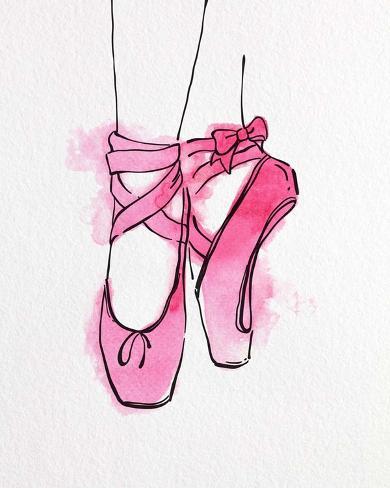
I hesitate to call it a hobby since I haven’t been able to do it in years and it was supposed to be my career before life happened, but I’m going to say dancing, especially ballet, has had a profound impact on my writerly mindset. It made me disciplined, persistent, and completely unable to function without music, but it also taught me other, more esoteric lessons.
Choreography is limited by vocabulary. You have to steep yourself in many different styles in order to reach your full potential of artistic expression. You don’t have to like moving your body in a different way than you’re used to, but if you’re serious about this, you have to at least try it.
Pick a song that calls for movements you haven’t mastered yet.
No one will remember a wobbly pirouette so long as you stick the landing.
The most technically challenging move in your arsenal might impress an expert or two. But you can break the heart of anyone watching if you lock eyes with someone in the audience and reach out to them like the music is coming straight from the place where your body and soul connect. Never underestimate the power of a deeply felt articulation of the wrist.
People only want some of their expectations subverted some of the time. Sure, fake them out once or twice to keep their attention, but once the swell of the music demands a leap then leave novelty at the door and leap, damn it.
We all have family recipes. Share one of your favorite ones.
Matt can bake delicious desserts he’s never made before without using a recipe. I’m pretty sure he made a deal with a devil for this talent. But one year, he made the best key lime cake I ever had for my birthday, and he wrote everything down.

This recipe has since been lost. I can never have it again. So instead, as a tribute to the best dessert in the world – a tribute that tastes nothing like the best dessert in the world – you get my mom’s super easy ice cream cake recipe. The hardest part is not eating the ice cream before it softens.
Crust:
two sleeves of Ritz crackers
½ cup of melted butter
Cake:
two 3.5oz boxes of instant vanilla pudding
1 8oz container of Cool Whip
½ gallon of ice cream (Whatever flavor you want. I think mint chocolate chip plays very nicely with the saltiness of the crackers, but I make one with cookie dough too and they both get destroyed. I think coconut would also be fantastic.)
Directions:
- Let the ice cream soften overnight. (Or at least 4-6 hours.)
- Put the ritz crackers in a ziploc baggie and beat the heck out of ‘em. (Matt volunteers for this part. I take the rolling pin away before he turns it into powder.)
- Combine crumbs and melted butter and press them into a 9×13 pan.
- Mix together the softened ice cream, pudding mix, and Cool Whip.
- Pour it into the pan, then put the pan in the freezer. It’ll be ready in an hour or two. Let it thaw for about 15 minutes.
Cry softly between forkfuls that this isn’t a legendary key lime cake.
What’s your favorite food from a country you do not live in?
For both of us, it’s a tie between sushi and chicken tikka masala. We have two all-you-can-eat restaurants near us that do both very, very well, and we can’t wait to gorge ourselves once the plague has passed.
Any final thoughts?
This has been amazing fun, and you gave us such excellent questions. We’re so very thankful to you for giving us a chance to share a bit about ourselves.
Coauthoring suits us so well and we want to do this forever.
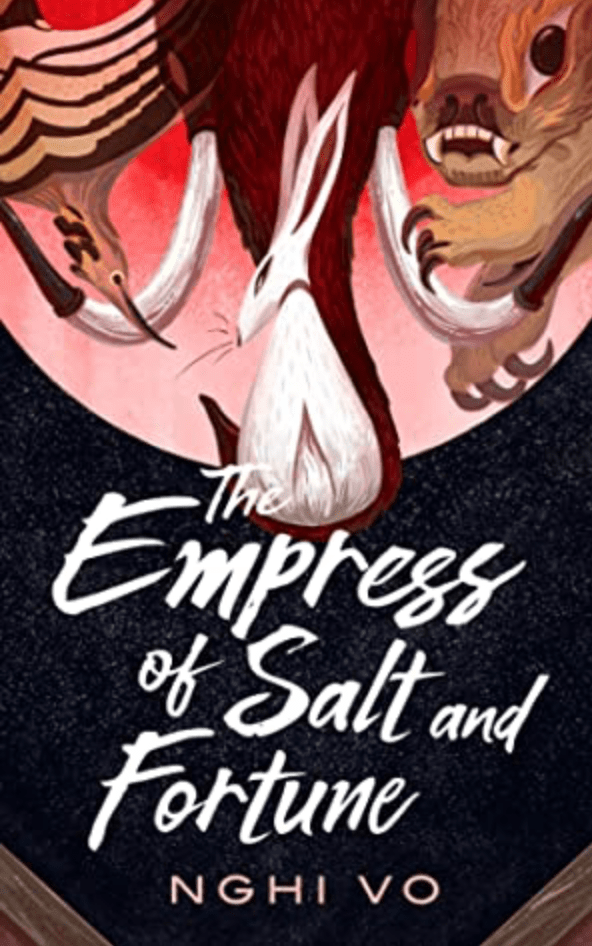
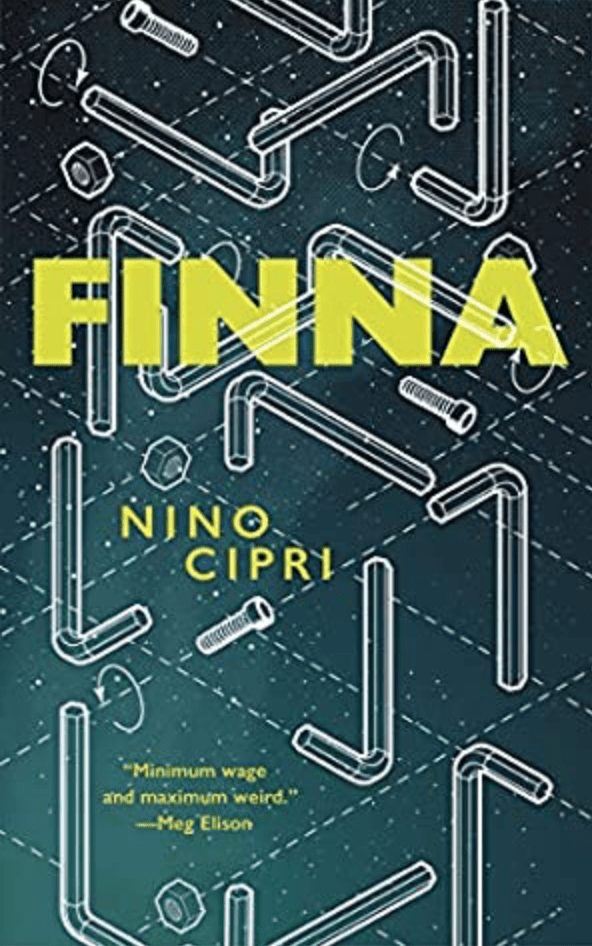
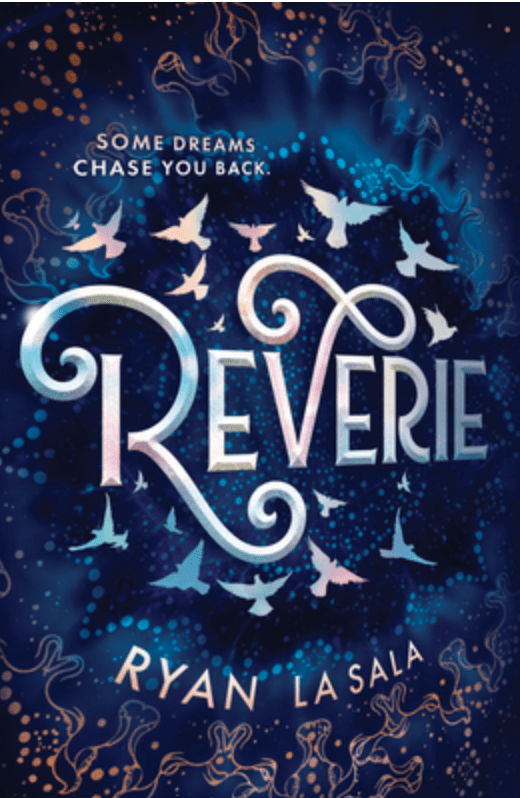
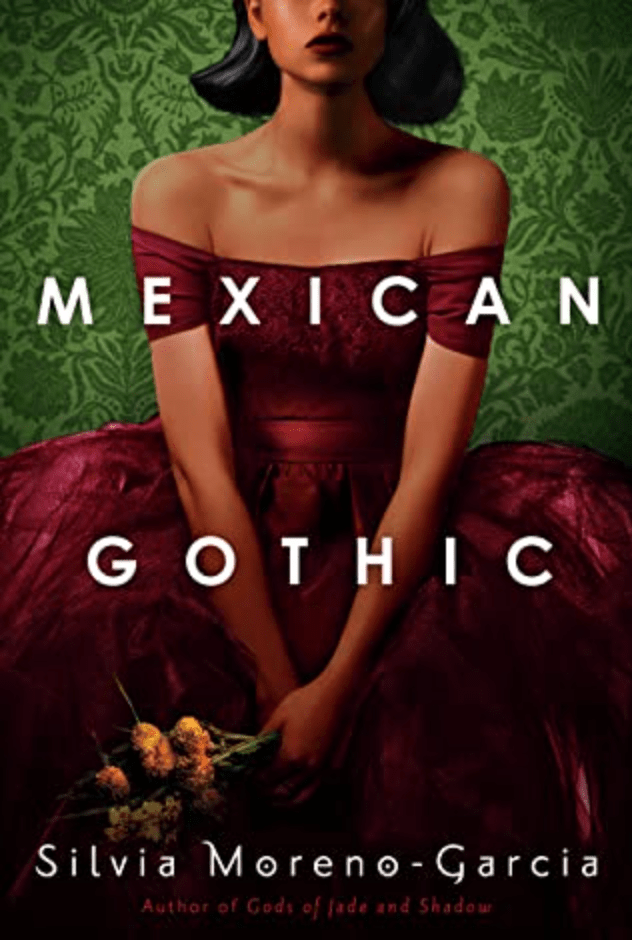
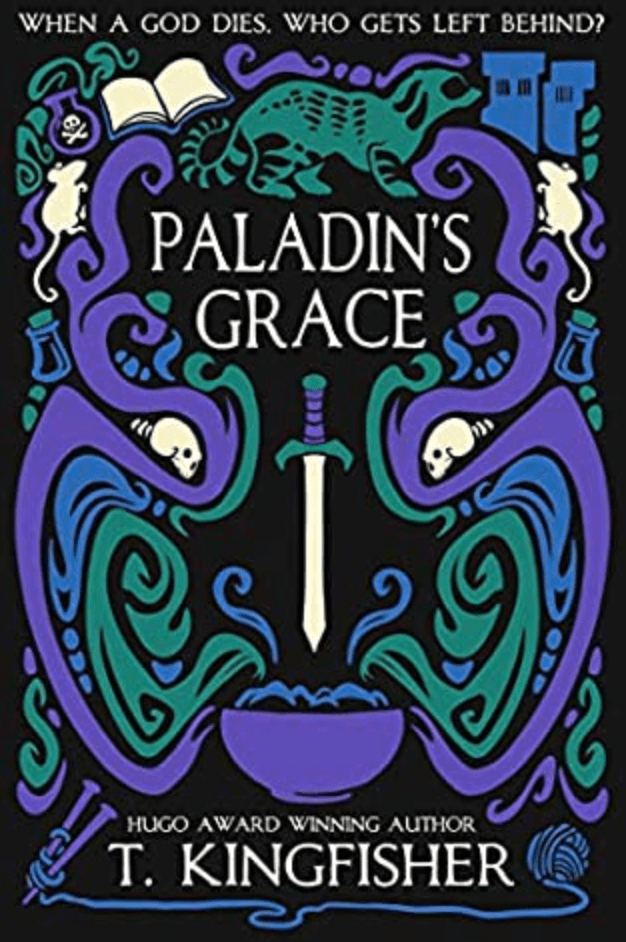
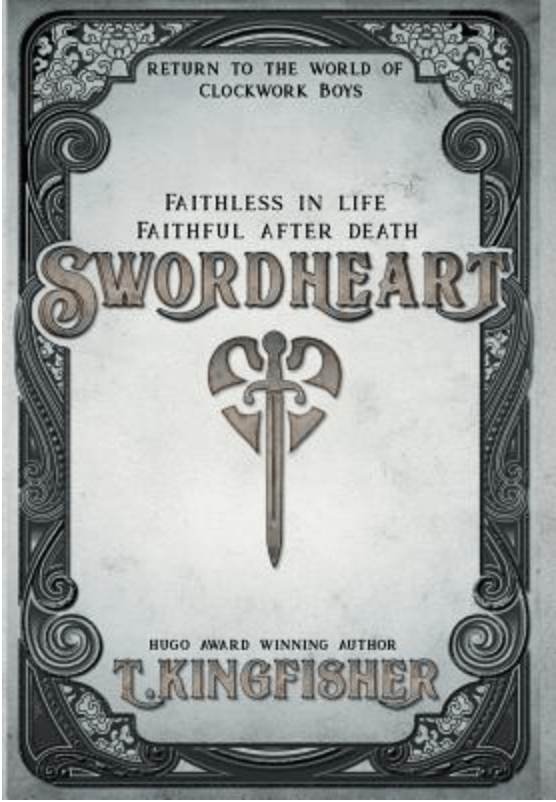
0 Comments